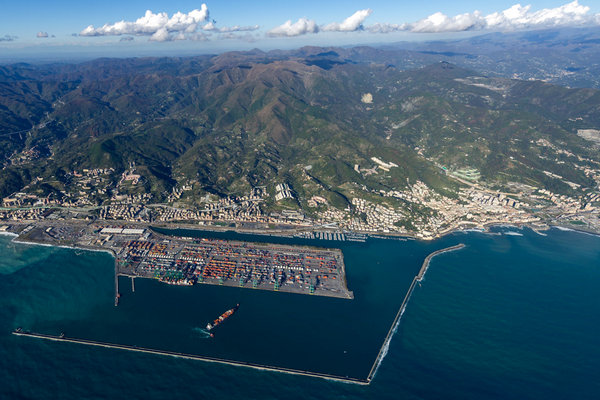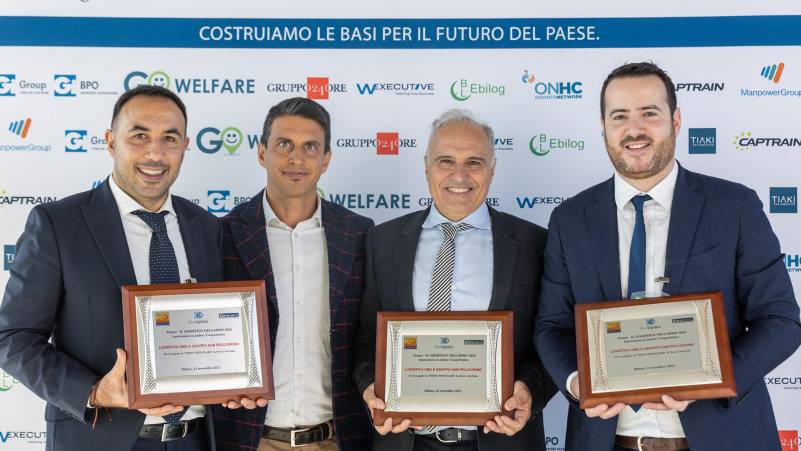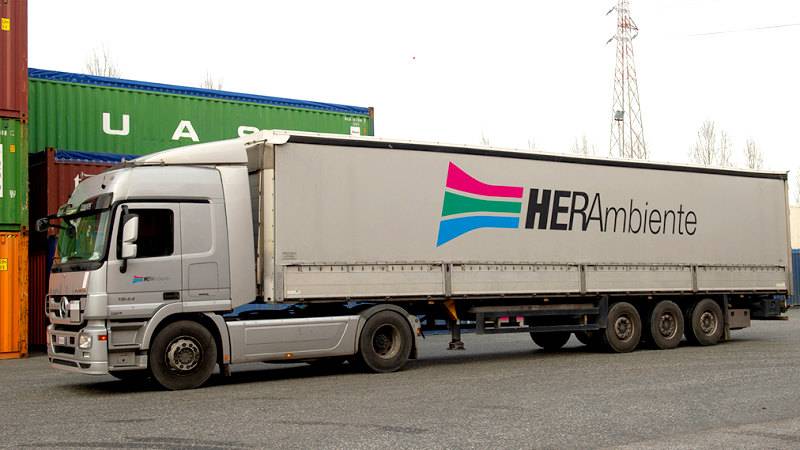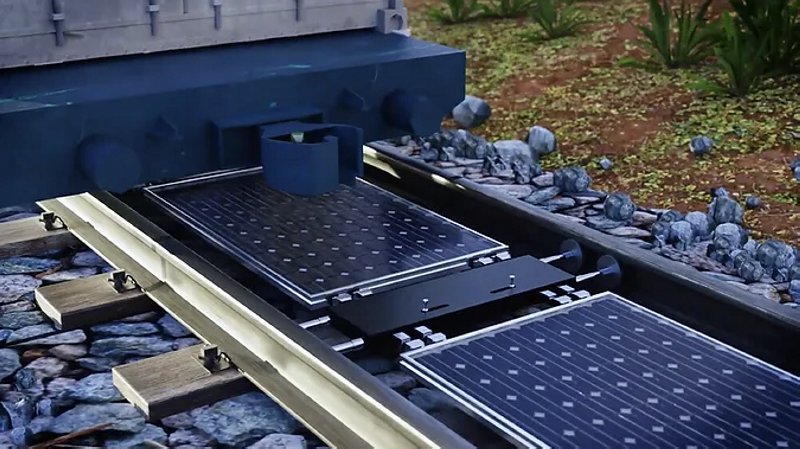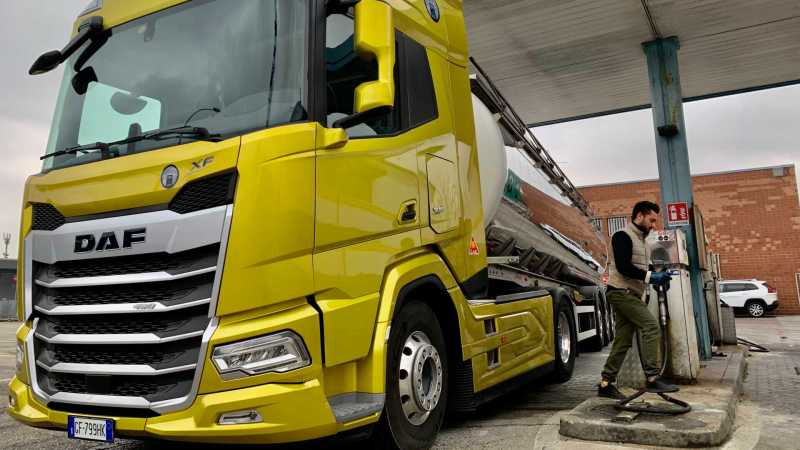The new agricultural terminal, specifically designed for grain storage and handling, was unveiled during a press conference held on 2 December 2024, on the site earmarked for the project. Prime Minister Donald Tusk, accompanied by the Minister and Deputy Minister of Infrastructure and the Mayor of Gdańsk, attended the event. The investment, estimated at around 400 million PLN (€93 million), will be overseen by the state-owned company Port Gdańsk Eksploatacja (PGA), which will also manage the terminal once completed.
Scheduled for inauguration in 2026, the facility is designed to address the surging demand for agricultural product transport, which has grown significantly since the conflict in Ukraine began. In 2024, Poland produced nearly 36 million tonnes of grain, with over 25 million tonnes consumed domestically. The country has also absorbed a substantial portion of grain traffic from neighbouring Ukraine. During the first nine months of 2024, Ukraine’s agricultural exports rose by 25%, totalling 9.9 million tonnes, with their value increasing by $1.4 billion.
“The grain terminal in Gdańsk will serve as a ‘fuse’, a tool in the hands of the Polish state to safeguard our national interests,” declared Prime Minister Tusk. “Currently, our transshipment capacity exceeds export capacity. The government has already implemented measures to protect Poland from the uncontrolled influx of grain, but one of the obvious and natural expectations was the creation of a new grain terminal. This facility will not only have commercial functions but will also serve as a safeguard for Polish farmers and national interests.”
The project entails the construction of nine new warehouses, which will quintuple the terminal’s existing storage capacity, enabling it to store up to 152,000 tonnes of grain annually. In addition, new rail and road infrastructure will be built, while moorings and sea depths will be modernised to accommodate vessels. State-of-the-art gantry cranes will also be installed to enhance port efficiency. Designed with market adaptability in mind, the terminal can be repurposed for other activities, such as handling palletised goods requiring covered storage, in addition to grain, fodder, and flour transshipment.
“This investment, entirely funded by a state-owned entity, follows a thorough market analysis,” explained the Deputy Minister of Infrastructure. “In recent years, the number of medium-sized vessels transporting grain has grown significantly, which is why PGA's moorings have been specifically designed to accommodate such ships.”
PGA, which also operates at the Port of Szczecin, has plans to expand and modernise its facilities there in the coming years. This will include the construction of four new warehouses and the improvement of quays. With these investments in Gdańsk and Szczecin, PGA and Poland aim to solidify their strategic role in managing agricultural traffic across Europe.
Marco Martinelli






